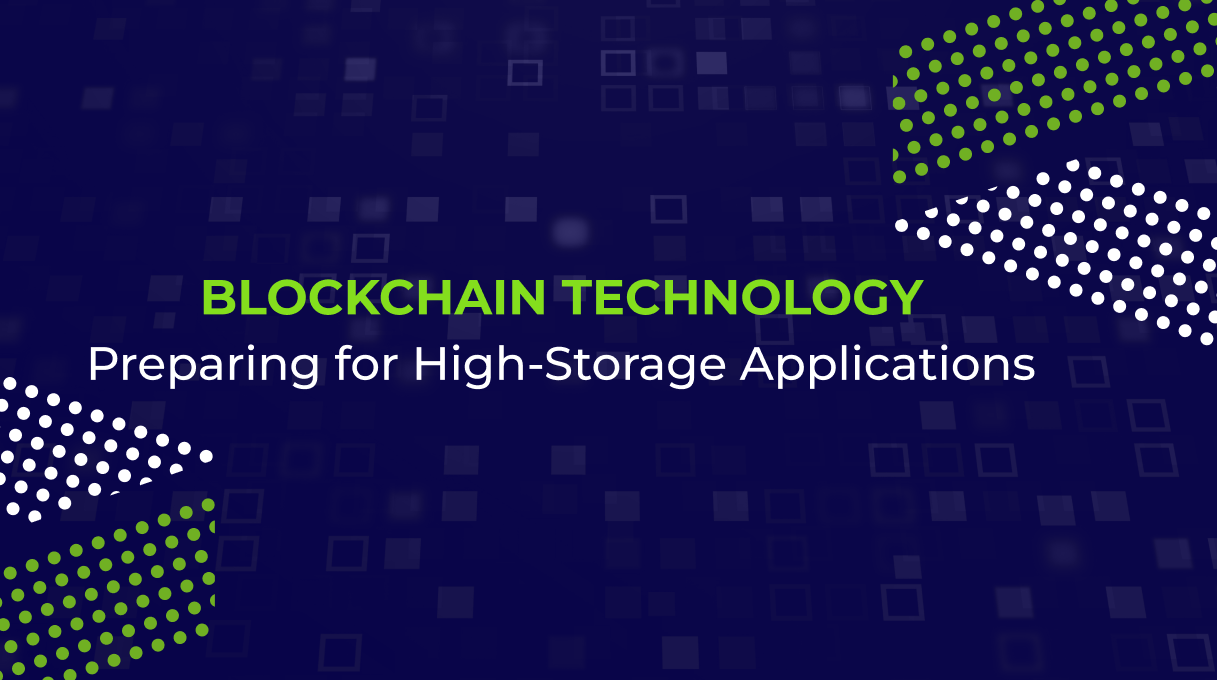
Web3, the decentralized version of the internet built on blockchain technology, is poised to redefine how we interact with digital services. Web3 offers greater user control, privacy, and data ownership by leveraging the principles of decentralization.
This article explores the potential of Web3 in revolutionizing high-storage applications, such as content delivery networks, online gaming platforms, and blockchain-based websites. From its decentralized nature to interoperability, distributed file systems, smart contracts, and tokenization mechanisms, Web3 provides a secure, scalable, and incentivized infrastructure for storing and retrieving large volumes of data.
The Decentralized Power of Web3
Web3’s foundation lies in blockchain technology, which uses a distributed ledger to maintain a continuously growing list of records called blocks. This decentralized approach enables direct peer-to-peer interactions, ensuring that no single entity has complete control or ownership over data. Unlike traditional centralized systems, Web3’s decentralized nature makes data resistant to censorship, manipulation, and single-point-of-failure risks, enhancing data integrity and availability.
Harrison Hines, CEO and Co-founder of Fleek, emphasizes the importance of Web3’s trustless, permissionless, tamper-proof, and censorship-resistant attributes. He states that these benefits effectively address the growing problems associated with corporate-owned Web2 cloud platforms. Ankur Banerjee, chief technology officer at Cheqd, adds that decentralization provides resiliency away from single providers, reducing the risks associated with outages and centralization.

Interoperability: Connecting Blockchain Networks
One significant aspect of Web3 is interoperability, which aims to connect different blockchain networks. Interoperability protocols, such as cross-chain bridges, enable users to transfer assets seamlessly from one blockchain to another. Leveraging interoperability can play a vital role in developing high-storage applications by making them accessible on multiple blockchain networks.
Distributed File Systems for Secure and Scalable Storage
Web3 incorporates distributed file systems like the InterPlanetary File System (IPFS) and Swarm to provide secure and scalable storage solutions for high-storage applications. These file systems break down files into smaller chunks, distribute them across multiple nodes, and use content-based addressing. By ensuring data redundancy and efficient retrieval, they enhance the reliability and performance of storage systems.
Fleek, for instance, allows users to build websites by hosting their files using the IPFS protocol. Websites deployed on the network receive an IPFS hash, and the files are archived to Filecoin. The integration of software development kits and graphical user interfaces facilitates user interaction with the storage infrastructure.
Blockchain Technology: Enabling Trustless Interactions
Web3 introduces the use of smart contracts, which are self-executing contracts with predefined rules and conditions encoded within the blockchain. Smart contracts enable trustless and automated interactions, empowering high-storage applications to enforce rules, handle transactions, and manage access control for data storage and retrieval.
Tokenization, another significant aspect of Web3, represents ownership or access rights through digital assets or tokens. In high-storage applications, tokenization incentivizes participants to contribute their storage resources. Users can earn tokens by sharing unused storage space, creating a cost-effective and scalable decentralized network. Tokenization adds an economic layer to the storage ecosystem, encouraging active participation and resource sharing.
Preparing Blockchain Technology for High-Storage Applications
While blockchain technology holds tremendous potential for high-storage applications, several challenges need to be addressed for it to be ready.
Scalability: Traditional blockchain architectures like Bitcoin and Ethereum face scalability challenges when handling large amounts of data. Blockchain networks need to enhance their scalability by implementing solutions like sharding, layer-2 protocols, or sidechains. These techniques enable parallel processing of transactions and data, effectively increasing the capacity and performance of the blockchain network.
Efficient Storage Utilization: Optimizing data storage is crucial to reduce redundancy and improve storage efficiency. Techniques such as data compression, deduplication, and data partitioning can be employed to minimize storage requirements while maintaining data integrity and availability. Storing cryptographic hashes or proofs on the chain and decentralized storage solutions can be effective approaches.
Data Availability and Reliability: Blockchain networks must ensure consistent online availability of storage nodes to provide reliable data retrieval services. Incentives and penalties can be incorporated to encourage storage nodes to maintain high availability. Distributed file systems like IPFS or Swarm can further enhance data availability by replicating data across multiple nodes.
Privacy and Security: Robust encryption techniques and access control mechanisms must be integrated into blockchain networks to protect stored data. Privacy-focused technologies, such as zero-knowledge proofs or secure multiparty computation, can enable secure, private data storage and retrieval.
Interoperability and Integration: Blockchain networks need to promote interoperability between blockchains and external systems. Standards and protocols like cross-chain communication protocols or decentralized oracles can facilitate seamless integration of data from various sources into the networks based on blockchain technology.
Governance and Consensus: Effective governance and consensus mechanisms are essential for blockchain networks handling large volumes of data. Transparent and decentralized governance models, such as on-chain or decentralized autonomous organizations (DAOs), can be implemented to make collective decisions regarding storage-related policies and upgrades. Efficient consensus algorithms like proof-of-stake (PoS) or delegated proof-of-stake (DPoS) can achieve faster, more energy-efficient consensus for data storage transactions.
The Promissing Future of Blockchain Technology
Blockchain technology holds immense promise for revolutionizing high-storage applications in the Web3 era. Web3 offers a secure, scalable, and incentivized infrastructure for storing and retrieving large volumes of data by leveraging decentralization, interoperability, distributed file systems, smart contracts, and tokenization.
However, addressing scalability challenges, optimizing storage utilization, ensuring data availability and reliability, enhancing privacy and security, promoting interoperability, and improving governance and consensus mechanisms are crucial steps toward realizing the full potential of blockchain technology in high-storage applications. With these advancements, blockchain technology will pave the way for a new era of decentralized, secure, and efficient data storage solutions.
Source: cointelegraph.com
